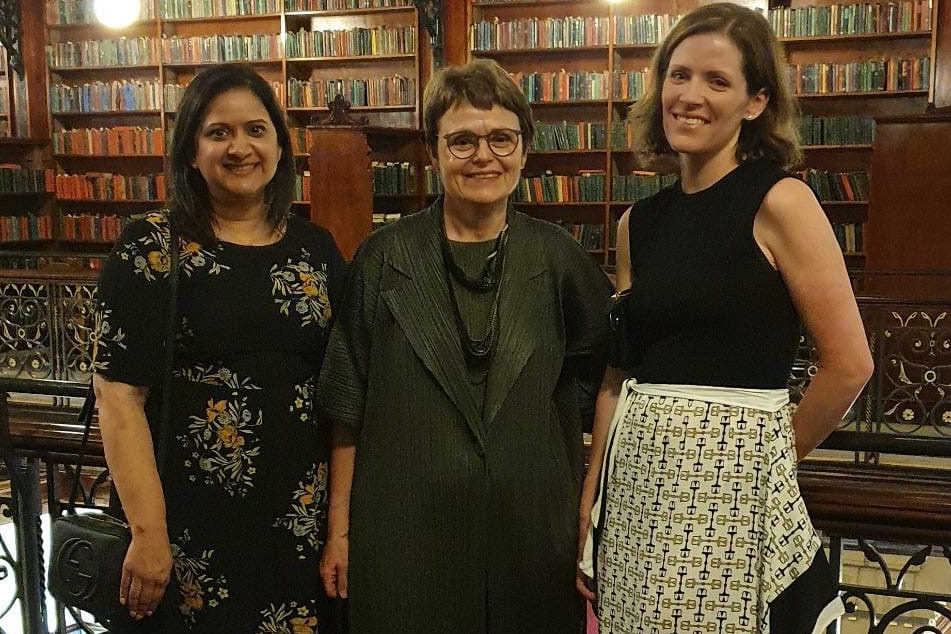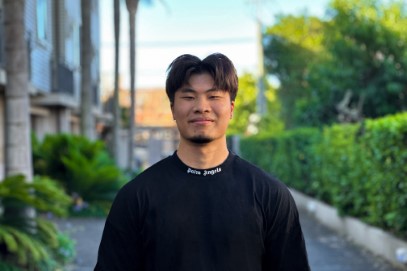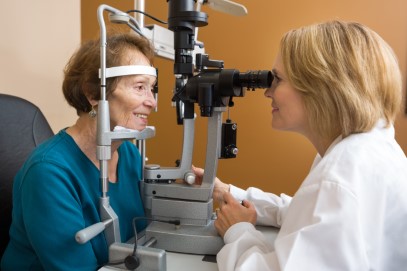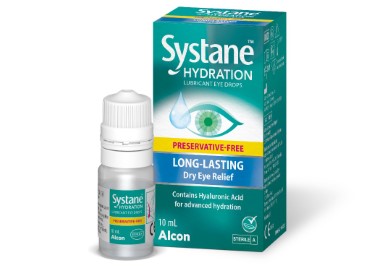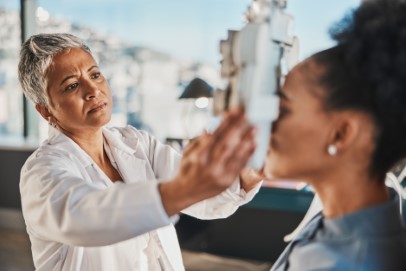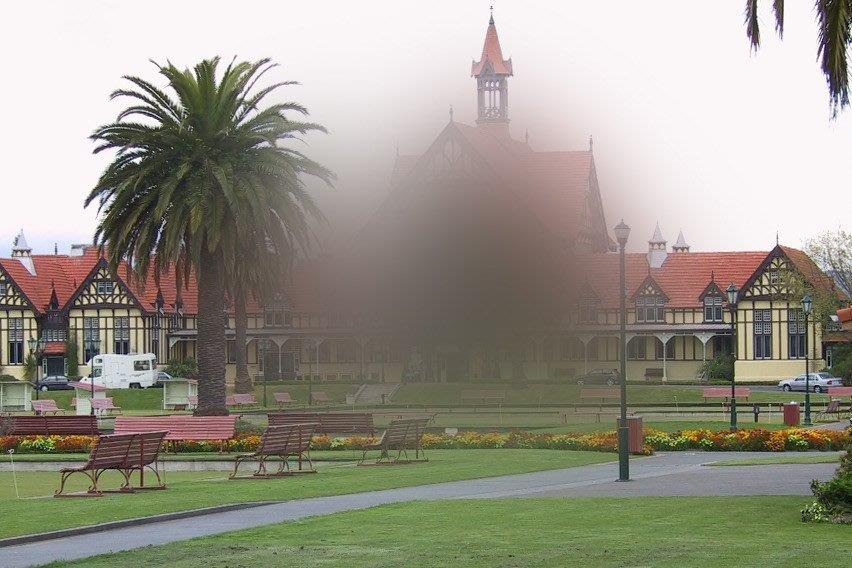ANZSS in Adelaide
This year’s squint club was held in beautiful Adelaide, with lectures held at the Women’s & Children’s Hospital. This annual meeting is always a great opportunity to catch up with colleagues from across New Zealand and Australia, as well as learning about challenging strabismus cases and surgical approaches.
Guest speakers came from Moorfields Eye Hospital in London, with consultant Gill Adams talking on a wide range of topics including complex strabismus, diplopia after other ocular procedures, thyroid eye disease and botulinum toxin. Leena Patel, consultant orthoptist talked on the diagnosis of distance esotropia, torsion and orthoptic run toxin clinics. Having avoided last minute COVID-19 related flight disruption, we were fortunate to have such experienced and knowledgeable guest speakers at the meeting and they gave excellent lectures.
Adams’ excellent talks on a range of topics included strabismus after ocular surgery. In particular, post cataract surgery when the non-dominant eye undergoes surgery first, when there is incorrectly planned monovision with the dominant eye assigned for near or after subtenons injection. Other frequent causes included post retinal detachment surgery, particularly from buckles, after melanoma plaque treatment and orbital decompression.
From an audit of 6897 glaucoma tube and trabeculectomy surgeries at Moorfields, 2.8% required strabismus referral, 0.6% needed treatment but only 0.1% needed surgery with the rest managed with prism or toxin so absolute numbers were reassuringly low, Adams said. Also pointing out that the biggest culprit in iatrogenic strabismus remains the strabismus surgeons themselves! Several challenging and unusual cases were presented with Dr Justin Mora giving the most entertaining talk; demonstrating what happens when a drill bit hits muscle as performed on some raw chicken.
Day one highlights included multiple mentions of the modified Nishida procedure, including speakers’ experiences of using this for iatrogenic medial rectus transection, double elevator palsy and congenital fibrosis of the extraocular muscles. The technique, as originally described by Yasuhira Nashida in 2005 for sixth nerve palsy, involves transposition of the lateral margins of the superior and inferior recti without muscle splitting or tenotomy. Its advantages include preventing anterior segment ischaemia with a straightforward and minimalist technique.
The meeting dinner was held in the beautiful surroundings of the Mortlock Chamber in the State Library of South Australia, with fabulous food and company. After dinner we explored the galleries of books, some of us gravitating towards wartime authors from England.
Day two opened with one of the highlights of the meeting - a morning of live patient assessments. The panel of experts started early to assess the patients before the formal session started. Cases included a man with orbital trauma that left his globe sitting in his maxillary sinus, a child with double elevator palsy and jaw wink with a variable hypertropia and diplopia, and a mother and daughter duo with congenital cataract and cranial dysinnervation. Expert opinions on the best management plans were often divided but gave a great insight into the challenge of managing these complex cases.
The William Gillies lecture was delivered by Gill Adams, giving an expert overview of thyroid eye disease (TED), both from the ophthalmologist’s viewpoint and with insight into the patent perspective from her role as trustee of the Thyroid Eye Disease Charitable Trust. After decompression in severe disease, 95% of patients require strabismus surgery which is often particularly challenging with tight thyroid muscles. She discussed a promising novel therapy called Teprotumumab, an insulin-like growth factor 1 receptor inhibitor, which was FDA-approved in January 2020. Phase 3 trials recently published in the New England Journal of Medicine demonstrated a significant reduction in severity of proptosis and diplopia with improvement in quality of life outcomes compared with placebo. Dr Lana del Porto then discussed torsion in TED and the hidden involvement of superior oblique enlargement present in 96% of patients on orbital scanning.
A series of talks presented Moorfields’ experience using botulinum toxin in strabismus, particularly useful for those patients with secondary/consecutive exotropia unsuitable for further surgery, for children with acute onset esotropia and for surgical planning and diplopia risk assessment. Since John Lee introduced toxin to Moorfields in 1982, the service has increased in size and popularity, with more than 1500 patients a year now treated at the hospital. Leena Patel presented the role of the orthoptic team in ensuring that toxin clinics treating more than 25 patients at a time run smoothly and safely.
Dr Heather Russell from Queensland presented her experience of using toxin in treating a series of 18 children with acute acquired comitant esotropia, with the majority achieving orthophoria after one treatment, avoiding the need for surgical intervention.
Finally, Patel presented the results of a large audit at Moorfields that led to a change in amblyopia practice; with 1% atropine now administered as a first line treatment by orthoptists. Atropine penalisation was found to achieve similar visual acuity outcomes to conventional patching but with significantly less hospital visits.
The meeting was a huge success and the organisers did a great job in creating an interesting programme with great industry sponsorship. Next year’s meeting will be held in Wellington and we are all looking forward to visiting the windy city.
Dr Sarah Hull is the University of Auckland’s paediatric ophthalmology fellow, working at Greenlane Clinical Centre and Starship Hospital.










